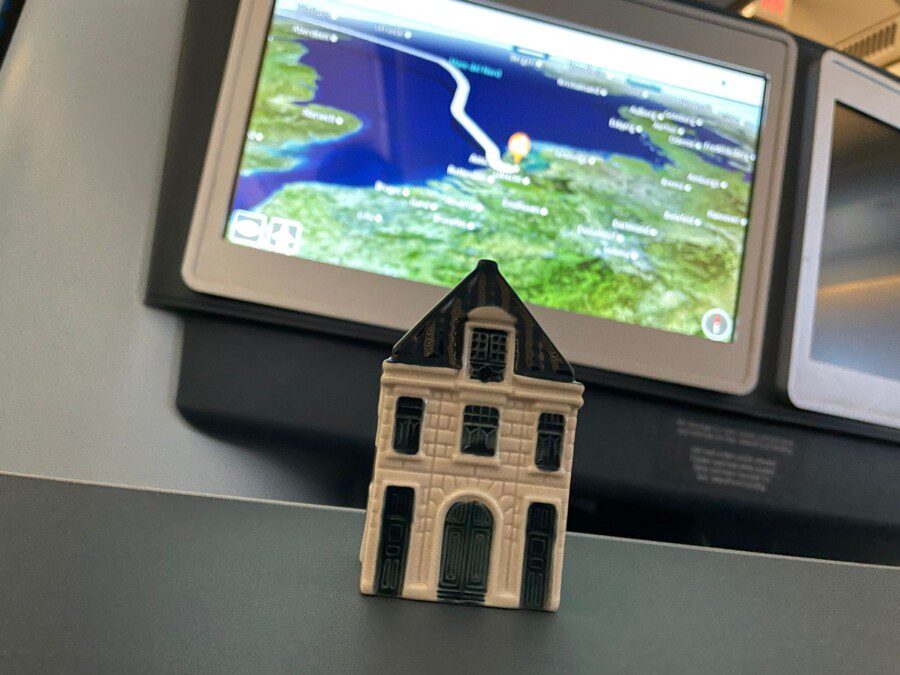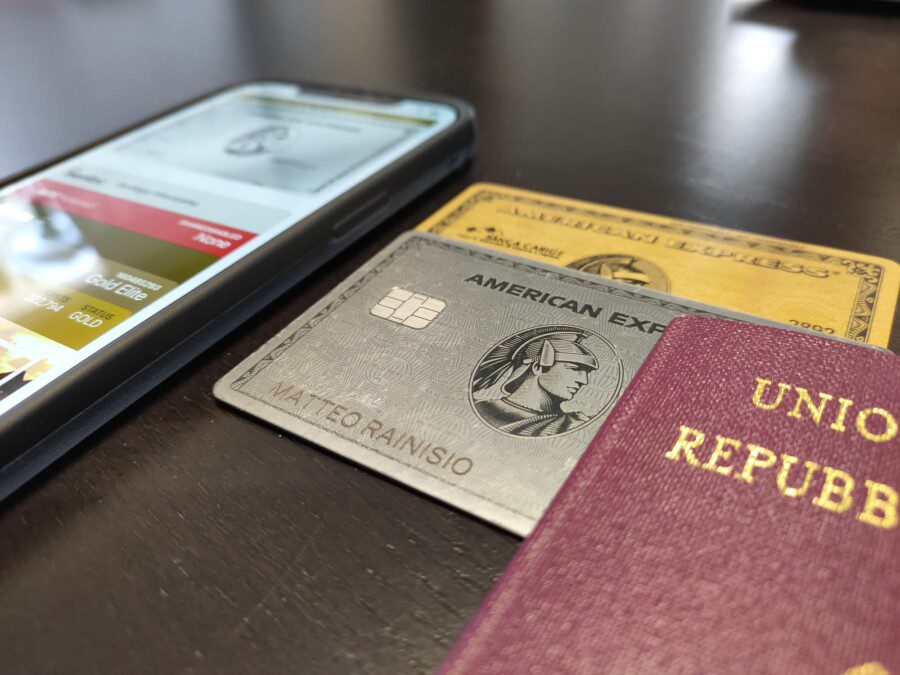How to save money in New York and what are the 10 things to do and avoid
Are you planning a trip to New York City? In the past few weeks we told you about a (luxury) hotel with [...]
Are you planning a trip to New York City? In recent weeks we have told you about a (luxury) hotel with its breathtaking swimming pool. Instead, today we want to teach you some little tricks to save money and explain what are the things in the Big Apple you can't not do.
In this article:
How to save money in New York
To save money in New York, first, avoid cabs and Uber. They are super convenient, sure, but rarely does a ride cost you less than $10. The solution? Make a weekly transportation pass: the 7-Day Unlimited MetroCard costs $33 + $1 issuance fee and grants you unlimited rides on the subway and buses. To get downtown from the airport, however, choose the AirTrain.
The second aspect concerns the hotel (or apartment), the real sore point of a trip to New York. Staying within walking distance of Times Square and Fifth Avenue is tempting, but it can drain your wallet. Better to opt for neighborhoods like the West Village, NoHo, Tribeca and the East Village, excellently served by transportation and full of charm. Or, if you really want a cheap option, veer into Brooklyn or Queens.
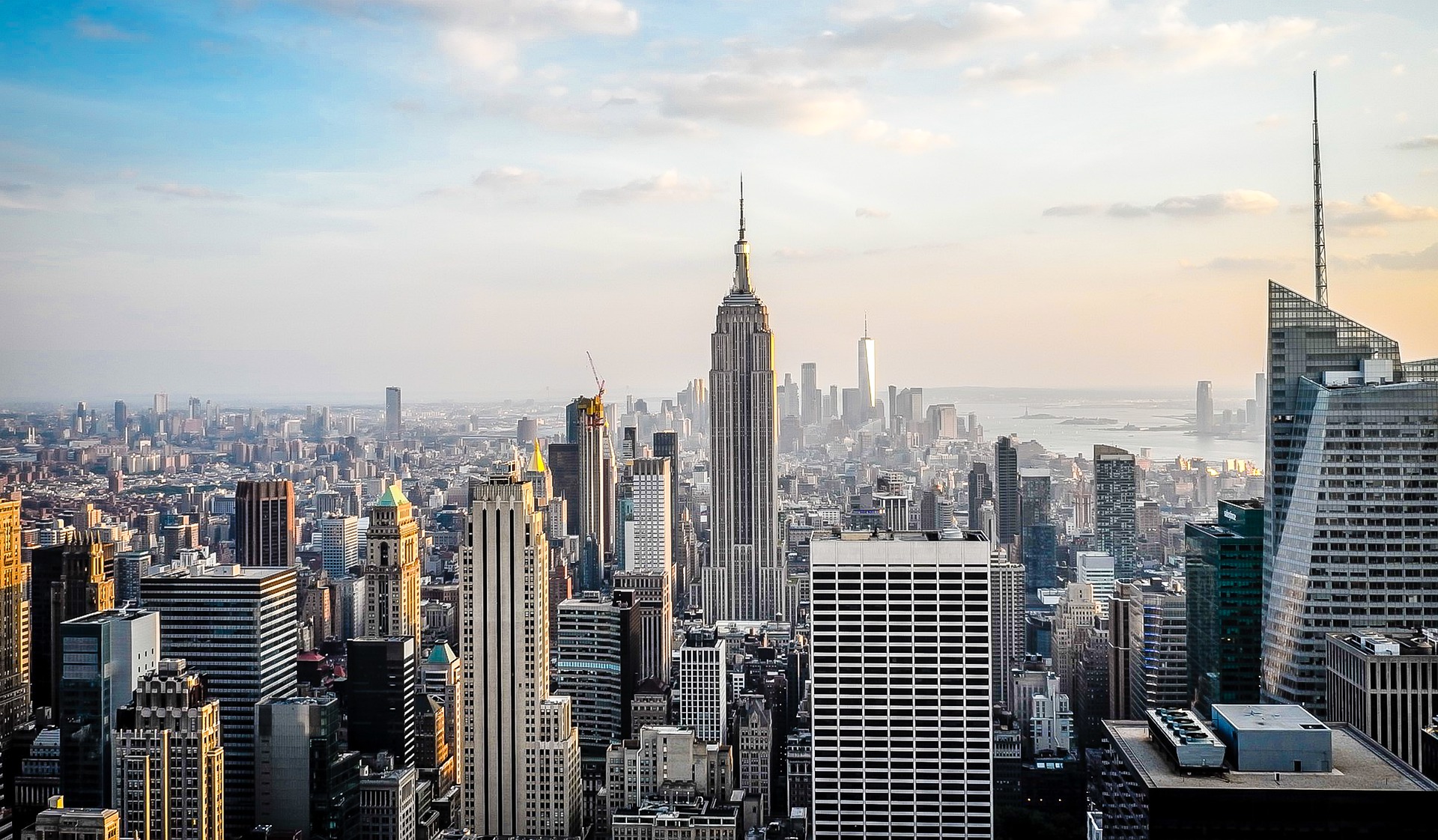
Photo from Pixabay
On the front of the attractions, saving money in New York does not mean giving up your Broadway show! Go to Times Square the morning of the show: you can buy tickets at bargain prices. Or, go into one of the ticket offices located in the South Street Seaport or Downtown Brooklyn-the prices are usually better. A little tip. When the ticket offices open, around 10 a.m., they offer so-called "rush tickets": their number is definitely limited, but you might find great seats for $25 to $30.
Want to see the Statue of Liberty? Forget the sightseeing tours, which cost a lot and ultimately add little to its magic. Instead, prefer the Staten Island Ferry, which is free and runs 24/7 between Whitehall and Staten Island.
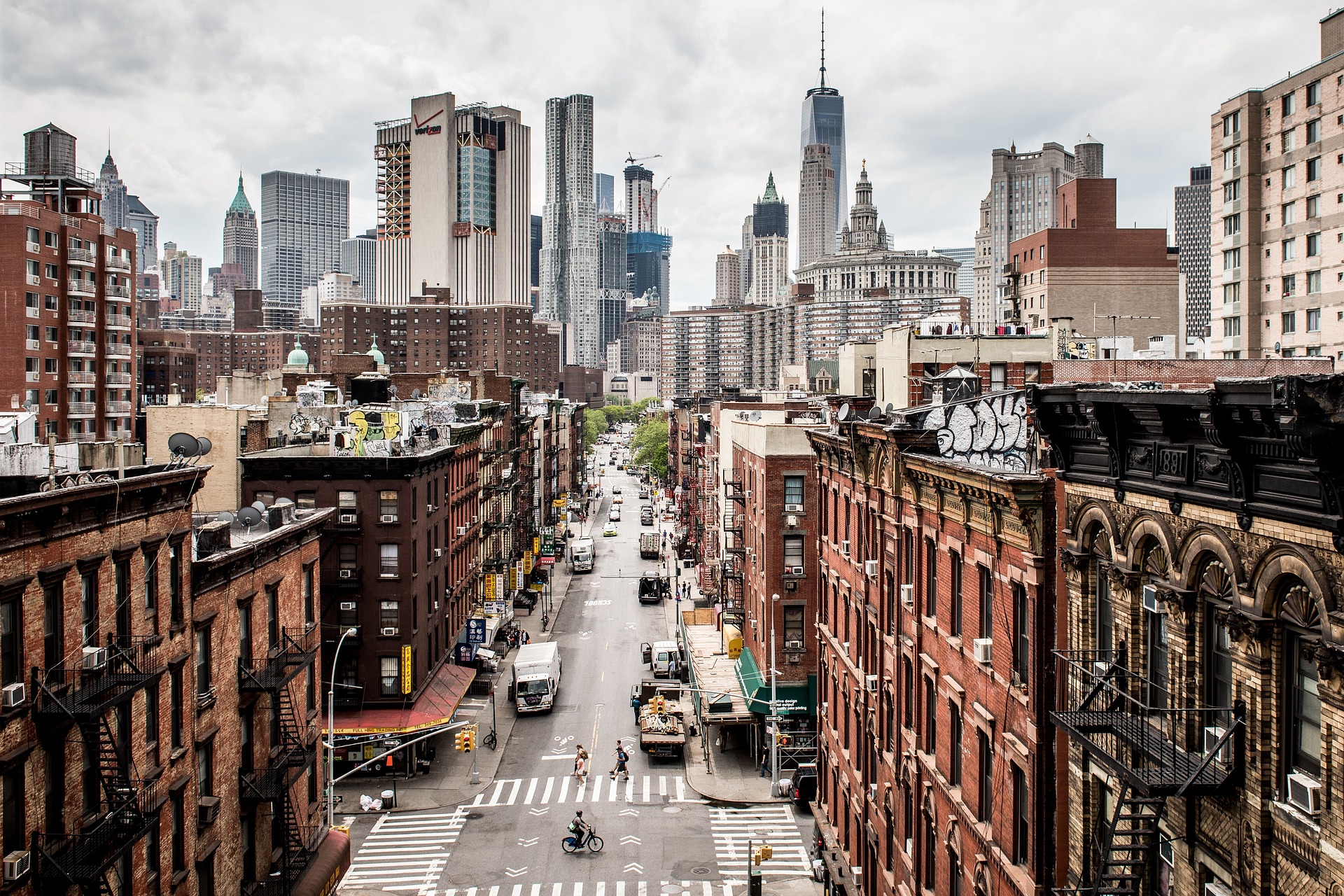
Photo from Pixabay
For eat, no panic: New York City offers many really cheap options. Look for pizzerias that offer "Dollar Slice," slices of pizza for one euro. It may not be Sorbillo's pizza, but it will satiate you (and some are really yummy!). Have breakfast at the trucks, where for a dollar you buy huge muffins. And, if you like ethnic cuisine, go for ramen at dinner: rarely does a rich portion cost you more than $10-$15.
On the front of the museums, there are some that are completely free (from the splendid The Bronx Museum of the Arts to the National Museum of the American Indian), while others use the "Suggested Admission" formula. Basically, you pay what you think. The American Museum of Natural History, the Brooklyn Museum, the Museum of the City of New York, the Staten Island Museum do it. They all have the admission fee displayed, but you can tell the cashier how much you'd like to spend. And he will decide whether or not to let you in.
10 things to do (absolutely) in New York City
Impossible to make an exhaustive list of what you should do and see in New York: an encyclopedia would not be enough. However, there are things you just can't avoid doing, especially if it is your first time in the Big Apple:
- admire the skyline From the Empire State Building or One World Observatory.
- see some of the world's most celebrated works at the MoMA
- walk along the Brooklyn Bridge
- "circumnavigating" the Statue of Liberty
- pedal to Central Park
- see a musical at Broadway
- return as a child to theAmerican Museum of Natural History
- visit the 9/11 Memorial
- stroll along theHigh Line
- amuse oneself at Coney Island
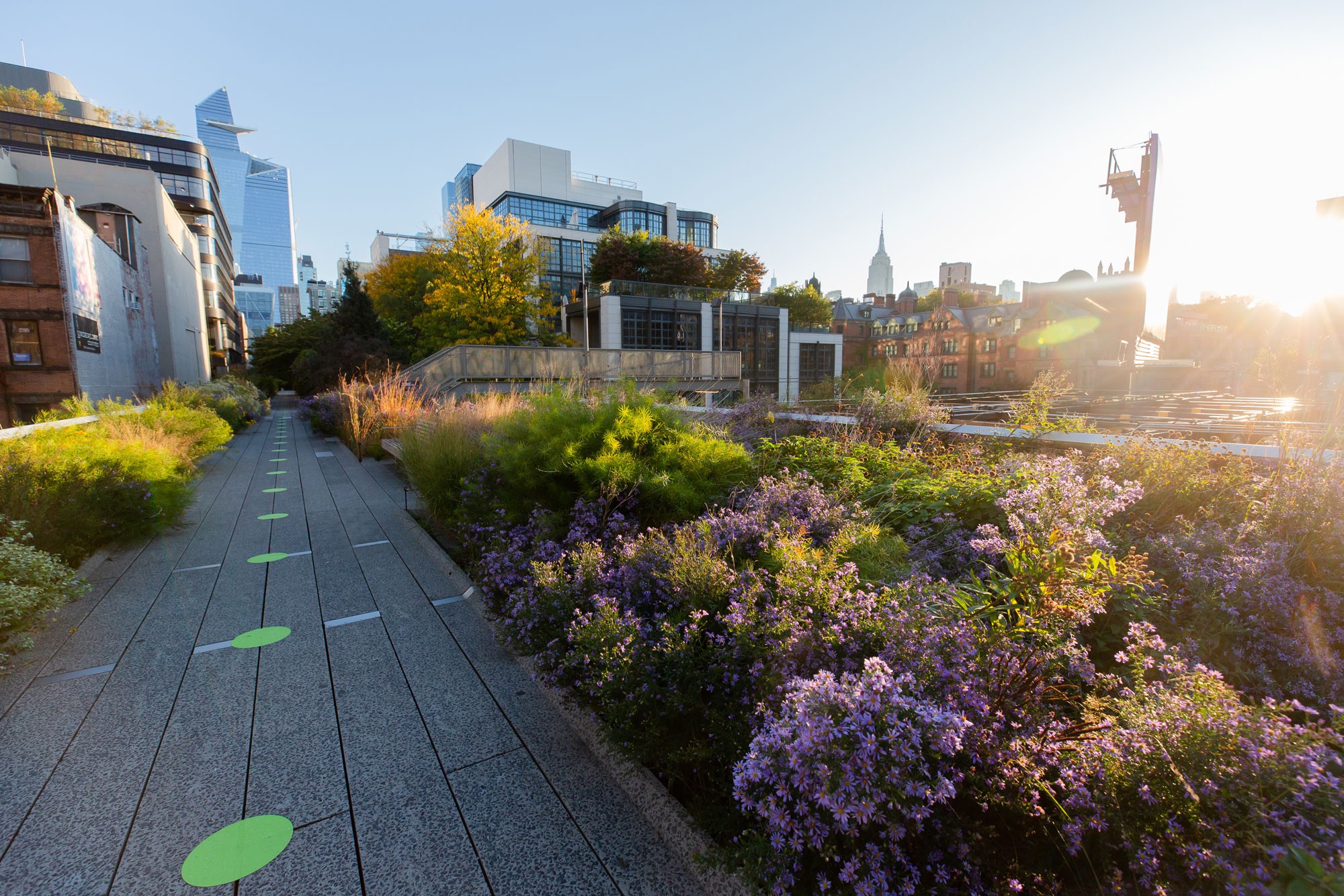
Photos from The High Line (Facebook)
10 tourist traps that are best avoided
- Admiring New York City from the water is splendid, no doubt, but a Circle Line tour doesn't cost you less than 40 euros: avoid it and prefer the free Staten Island Ferry
- Bus tours, the classic New York Sightseeing tours, cost a lot for little information: prefer walking or biking tours, accompanied by an experienced guide
- Forget the really too touristy Little Italy: the other Little Italy, on Bronx's Arthur Avenue, is much more authentic.
- True, we have recommended that you climb the Empire State Building to enjoy the view of New York City from above, but there is a more interesting and cheaper alternative: climb a rooftop bar, to admire the view for the cost of a drink
- Times Square Should be seen, without a doubt: limited to doing it once is more than enough
- Stay away from the coaches And from the Pedicabs: they are anything but romantic and quaint
- Do not eat in the fast food: surely Mc Donald's is also there just a few meters from your house.
- Do not eat even in the bakery more famous, such as Magnolia Bakery, which are often overcrowded and no better than the others (hint: try the much less famous, but absolutely amazing, Doughnut Plant!).
- If you go to New York in winter, instead of skating on the crowded rink in Rockefeller Center tack on Bryant Park or McCarren Rink in Brooklyn.
- Restricted to walking around the Fifth Avenue, without going into the stores: the prices are much much higher than you think
As you may have seen, saving money in New York is possible. And it's fun, too!
The importance of health insurance
Remember not to leave for New York without a'health insurance, necessary to avoid spending hundreds of dollars on a sprained ankle or conjunctivitis, can be very expensive. However, if you are an American Express cardholder, travel insurance is also included in the annual card fee.
To give you an idea of the convenience: for a two-week trip to the U.S., a family of four spends about €600 (but it easily goes up to €1,000, with full-fee insurance). The monthly American Express fee ranges from a minimum of €6.5 for Green to €60 for Platinum.
L'American Express Green includes protection in case of delayed baggage delivery or flight delay or cancellation, h24 assistance for medical and legal advice abroad, and up to €500 advance for expenses incurred.
L'American Express Gold, which has a monthly fee of €14, protects against accidents and unforeseen events while traveling and offers coverage of up to €3,000 for medical and legal assistance expenses.
L'American Express Platinum entitles you to one of the most comprehensive travel insurance policies on the market, with coverage up to 5 million.
The fee, the first year, is free for all three charters.
Consider that, for a broken arm, the expense in the U.S. is about $2,500. For an emergency room visit, between 150 and 3,000. And, in the unfortunate event that your appendix gets inflamed, you would be depleted by almost 20,000 $. That's irresponsible to risk, isn't it?
- 6,000 Mile Registration Bonus
- Collect miles WITH EACH PURCHASE
- Your miles with no expiration*
- No fees for ATM withdrawals and foreign purchases
- Without having to change banks
- Autonomous card activation
- Multi-function mobile application
- Free travel insurance
- Free credit for up to 7 weeks
- Contactless Payment
- Mastercard® SecureCode

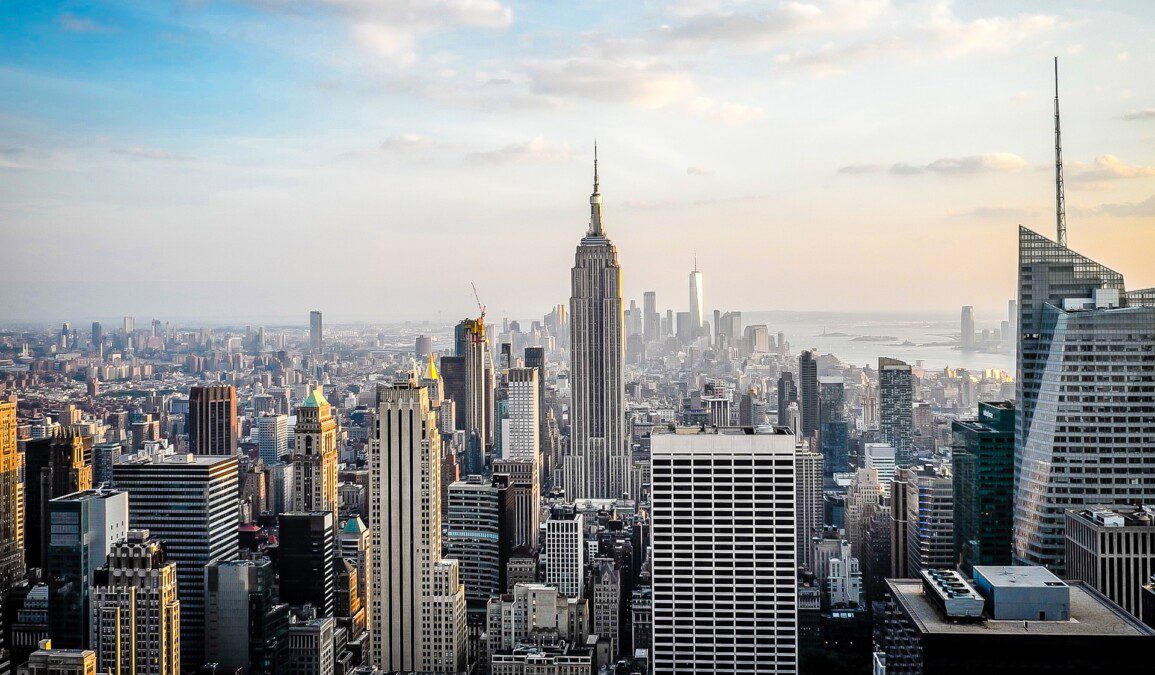
 JFK
JFK



